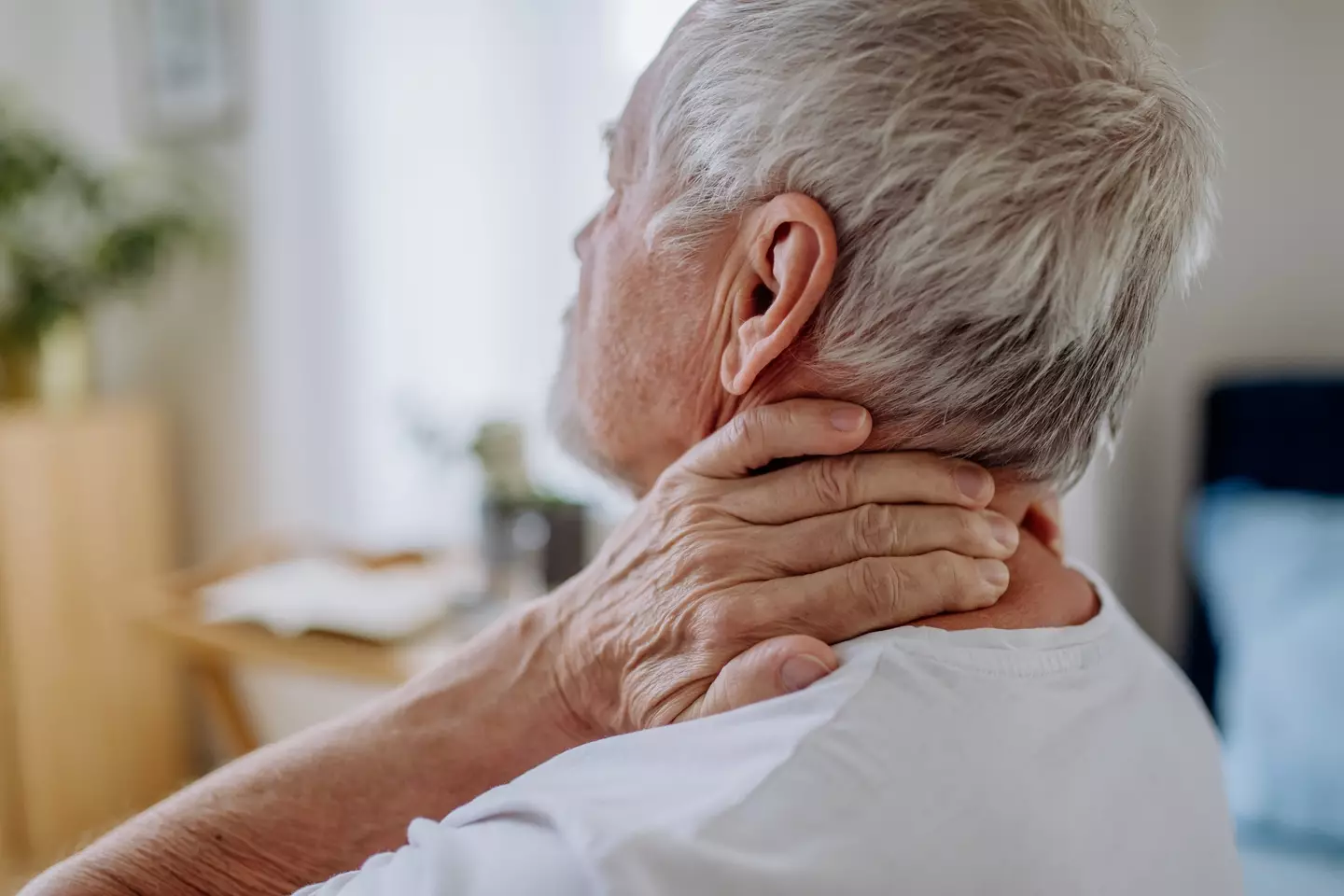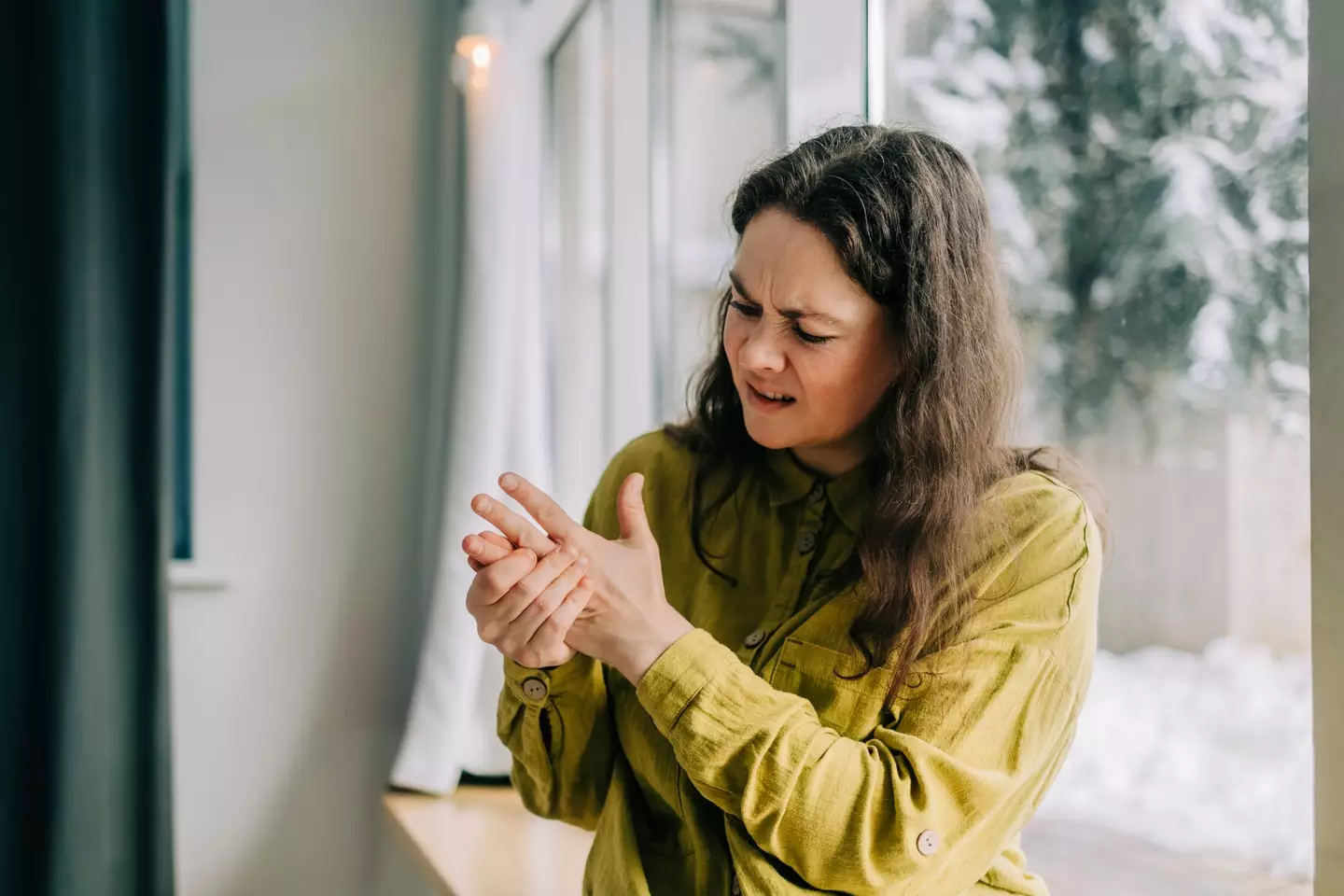
It’s one of those nutrients we hear about all the time, yet most of us still don’t really know whether we’re getting enough of it.
Vitamin D, often dubbed the ‘sunshine vitamin’ among nutrients, is vital for keeping our bones and muscles strong.
However, as the days grow shorter and our time in natural sunlight dwindles, experts are warning that more of us could be running low without even realising it.
We tend to associate deficiencies with what’s on our plate, and while diet certainly plays a role, vitamin D is a bit trickier than some of us originally thought. Unlike most vitamins, the body doesn’t rely solely on food for its supply. When sunlight hits our skin, it sparks a natural conversion process that allows us to produce vitamin D.
Advert

Yet, as Yale Medicine experts explain: “Without exposure to natural sunlight or eating foods rich in vitamin D, we may not maintain adequate amounts of the vitamin.
"That’s a problem because vitamin D deficiency can be harmful to bones and muscles.”
As to what actually happens when you don’t get enough vitamin D? For many, there are no obvious signs at first, which is partly why the condition is so widespread.
Advert
Symptoms that some people might experience include muscle pain, bone pain, or even a strange tingling sensation in the hands and feet. Others notice weakness in the upper arms or thighs, or that walking feels harder due to subtle muscle loss. In severe cases, bones can become brittle and more prone to fractures.

It’s not just about diet and sunshine either. According to Yale Medicine, people with darker skin tones naturally produce less vitamin D from sunlight. Certain health conditions, including Crohn’s disease, coeliac disease, and cystic fibrosis, can also interfere with absorption. Even medications or organ problems, such as kidney or liver failure, may make it harder for the body to process the vitamin properly.
As for food, there are a few natural sources worth knowing about. Fatty fish like salmon, tuna, and sardines are rich in vitamin D, as are egg yolks and fortified products such as milk, breakfast cereals, and orange juice.
Advert
Still, even a good diet might not be enough to correct a deficiency once it develops. Yale Medicine also notes: “Eating more vitamin D-rich foods isn’t usually sufficient to correct vitamin D deficiency, so your doctor is likely to recommend treatment with supplements.”

Doctors can check your levels with a simple blood test, though it’s not a standard part of routine screening. For those found to be low, vitamin supplements come in a few forms: vitamin D₂ (from plants), vitamin D₃ (from animal sources), or calcidiol, which is used when there are absorption issues.
While there’s debate over what the right amount should be, most experts agree that levels between 20 and 50 ng/mL are healthy.
Advert
Drs Karl Insogna and Thomas Carpenter from Yale School of Medicine, said: “Regardless of what level your physician decides constitutes vitamin D deficiency, therapy and prevention of vitamin D deficiency are straightforward, relatively inexpensive, and safe.”
